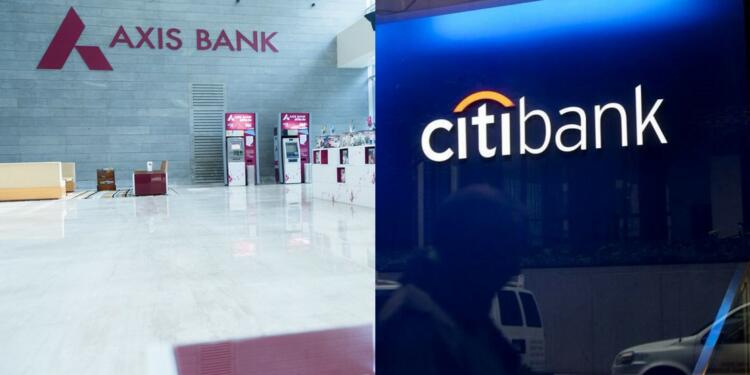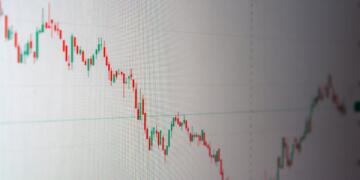Axis Bank, one of the largest private sector banks in the country with more than 11 billion dollars in revenue, is all set to buy CitiGroup’s 2.5 billion dollars India retail unit. Citigroup, an American financial service, and investment banking company is the third-largest banking entity in the United States after JP Morgan Chase and Bank of America.
Recently CitiGroup decided to sell Retail Banking units in 13 countries, namely Australia, Bahrain, China, India, Indonesia, Korea, Malaysia, the Philippines, Poland, Russia, Taiwan, Thailand, and Vietnam, to focus on wealth management and investment banking, which are more lucrative and high growth businesses.
Also Read: Citibank gives a multi-billion dollar jolt to China and rolls out the red carpet for Taiwan
Citigroup in India has credit cards, retail banking, home loans, and wealth management businesses. The bank employs 4,000 people in the consumer banking business. It had a 0.6 percent market share in advances and 1.1 percent in deposits, along with 2.58 million credit cards outstanding, as of October 2021.
In the last two years, the Indian banks have posted record profits and a very healthy performance on all other financial metrics. The Union government’s attempt to clean up the non-performing asset (NPA) mess through the Insolvency and Bankruptcy Code (IBC) has yielded very healthy results for the banks as the resolution of many companies brought billions of dollars to these banks.
Moreover, the Modi government also recapitalized many Public Sector Banks to ensure that lending increases in the upcoming years. The banks saved billions of dollars in operational expenditure in the last two years as the operations shifted to digital. The customers kept their deposits in the banks instead of taking any big-ticket expenditures, pushing the deposit to credit ratio to an all-time high.
Also Read: An NPA-ridden Indian banking sector has been “stabilised” by PM Modi, Moody’s says
The public, as well as private sector banks, are anticipating healthy growth in the ongoing decade as the capital expenditure by the Indian industry is expected to rise. The Axis Bank is ready to shell around 1.5 billion dollars in cash to purchase India business from CitiGroup because its balance sheet is healthy and the banking and financial industry (BFSI) is expected to thrive in the ongoing decade.
The banking sector is underdeveloped in India, thanks to the nationalization of banks in 1969. Even when the government opened up the banking sector in the 1990s, it remained very cautious and the last large company to get a banking license was Kotak Group in 2003. The UPA government continued with the pre-liberalization era policies as far as the banking sector is concerned and the Modi government focused on the clean-up of the NPA mess in the last seven years.
The last economic survey criticized the nationalization of banks and argued that India should have at least six banks listed in the top 100 banks globally while we still have only one – the State Bank of India (SBI).
The annual net credit to the GDP ratio is around 52 percent in India while deposit to it stands at around 67 percent. The credit to GDP ratio is very low in India compared to the global average of 104 percent and China’s 155 percent. The deposit to GDP ratio in the country is also high compared to the global average of 49.5 percent and the Chinese average of 44.95 percent. So, India has better deposit rates, but the credit growth is still lower due to high lending rates.
Read More: India’s banking sector enters its golden era, the sector will grow at a breakneck pace
The previous governors of RBI (Raghuram Rajan and Urjit Patel) kept the lending rates very high even by conservative estimates. The high loan rates hurt the economy as the lending rates grew at a very low pace and thus the economic activities slowed down.
Since Shaktikanta Das was appointed RBI governor, the coordination between the finance ministry and RBI has been better and the steps taken by the Modi government as well as the central bank have already started reflecting on the economy. The banking industry as well as the Indian economy is all set for the golden decade.

































